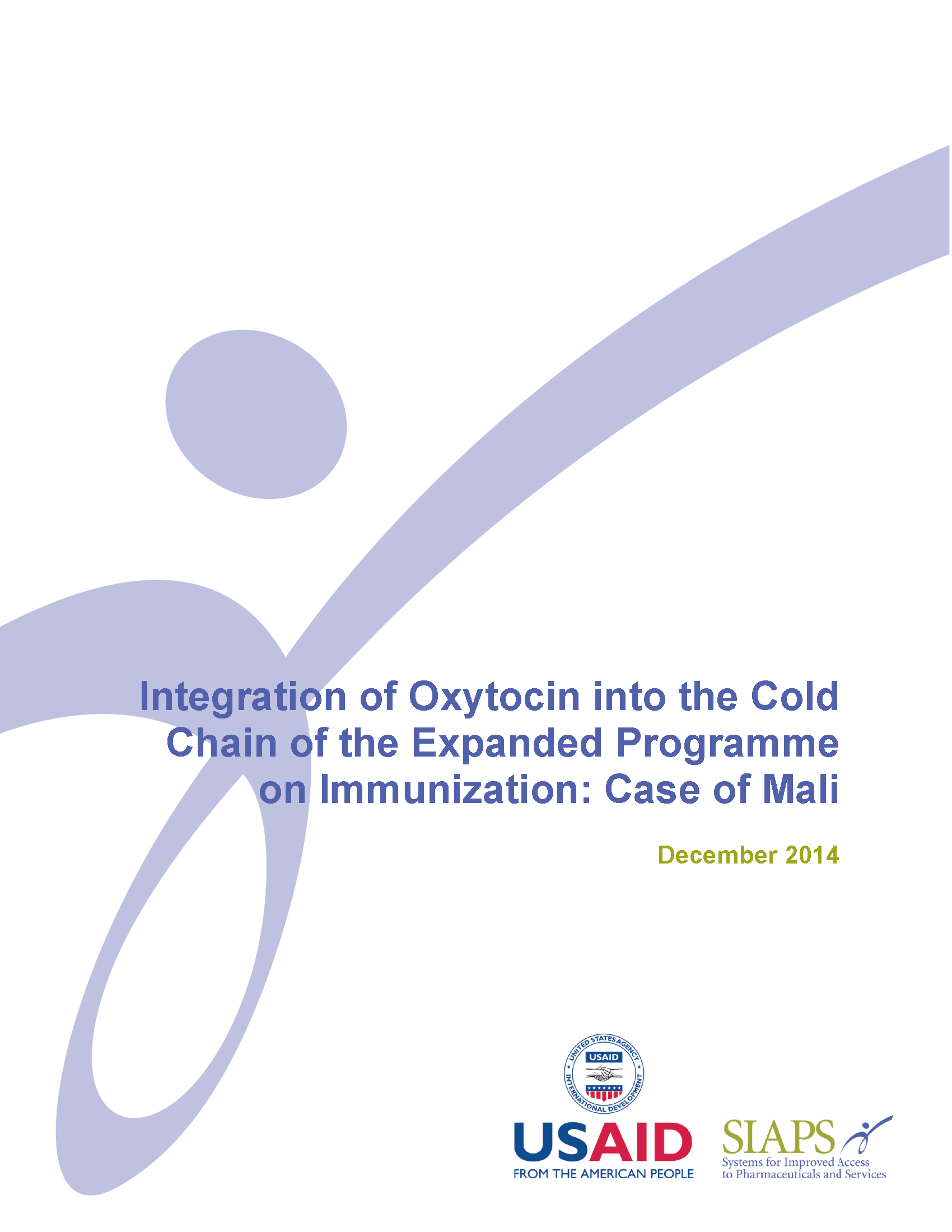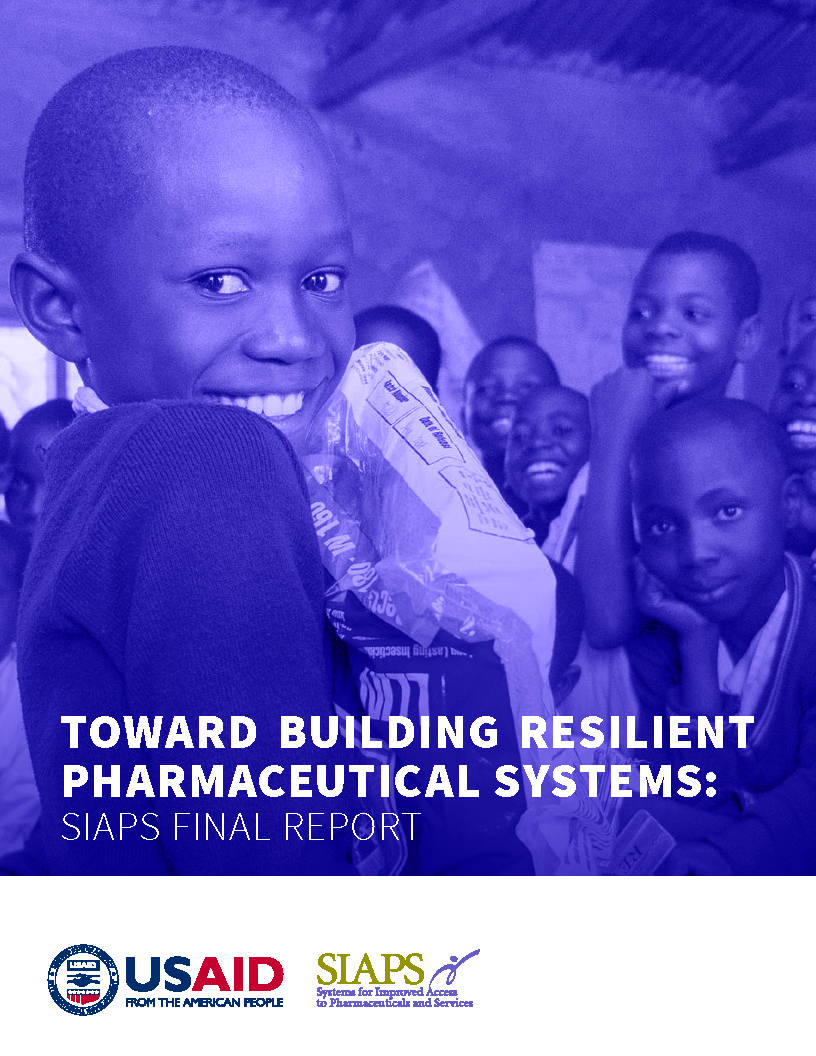
Postpartum hemorrhage (PPH) still remains one of the major causes of maternal mortality, accounting for 35% of all maternal deaths. The World Health Organization (WHO) has recommended oxytocin as the most effective medicine for the prevention and treatment of PPH, particularly for facility-based births. Most countries include oxytocin on their essential medicines lists (EML) as the medicine of choice for prevention and treatment of PPH. In most countries, everal oxytocin products are registered. Despite this positive policy framework for oxytocin use, supply chain barriers that limit access to the medicine still persist in many countries. Inadequate forecasting of requirements, weak information systems, and poor distribution practices, and inability to maintain proper storage conditions—temperatures between 2 and 8 °C—throughout the supply chain are all factors contributing to this lack of availability.
In practice, in countries where the average temperature is above 30 °C and where adequate infrastructure for cold chain management is often lacking, maintaining the required storage conditions for oxytocin is a challenge. As a result, oxytocin is often provided by service delivery points outside of a temperature-controlled cold chain, compromising its effectiveness and shelf life. In most countries, EPI cold chains are highly effective in reaching even the lowest levels of the health system. However, they are managed vertically, separately from other essential commodities. One of the barriers to integrating other products into the EPI cold chain is the perception at the country level that this is not permitted. However, some countries, such as Mali, have already attempted integration in some areas of the country and have experiences that may be useful.
The main objective of this activity was to document how oxytocin is currently distributed in Mali so that the experience may be used as a case study to inform how the integration of oxytocin into the EPI cold chain may be achieved.


